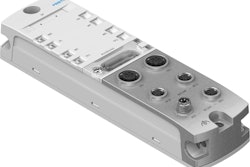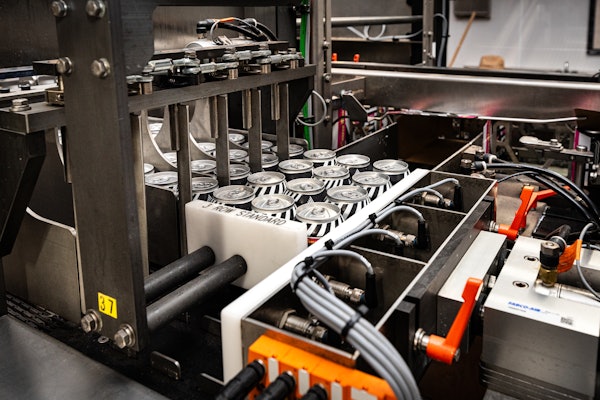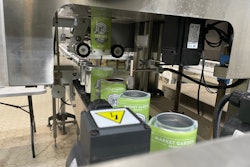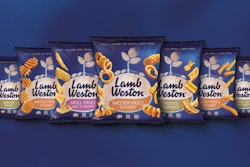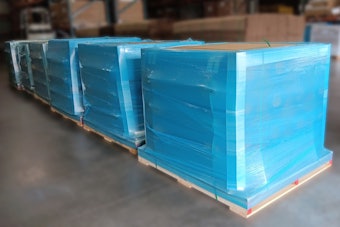Graphene is a carbon-based material, one of the thinnest known to mankind at just one atom thick. It is known for being incredibly strong: around 200 times stronger than steel. It is an excellent conductor of heat, electricity and has a wide range of light absorption abilities. With unlimited potential for integration in almost any industry, graphene material could bring breakthrough innovations.
Professor Konstantin Novoselov, Physicist and Nobel Prize Winner said: “Graphene has the potential to revolutionize a range of processes and industries. Since graphene’s first isolation in 2004, we have seen tremendous success and marketplace application of the material within electronics and automotive industries, I’m looking forward to the next phase of the Graphene Flagship and exploring potential innovations in the packaging industry.”
Sara De Simoni, VP, Equipment Engineering, Tetra Pak said: “Tetra Pak’s involvement with the European Graphene Flagship is one example of our ambition to drive innovation to the next level. It is a privilege to be the only representative from our industry in this research initiative and puts us at the cutting edgeto address challenges through multidisciplinary research and development together with our industry partners.”
Tetra Pak is leading R&D in the packaging sector, exploring the potential graphene holds to unlock a range of new and revolutionary innovations for the F&B industry, including:
Packaging material innovation—is being examined to see how graphene could offer coatings to reduce the carbon footprintin packaging supply chain. Graphene can also enhance the performance of current packaging materials by enabling new functionality as well as increasing recyclability.
Smart Packaging—with the development of smart packaging, graphene’s ultra-thin flexible sensors can be integrated into packages as data carriers for producers, retailers and consumers. Graphene sensors can also be smaller, lighter and less expensive than traditional sensors.
Next generation of equipment—exploring how graphene composites can be used to make equipment lighter and more energy efficient has the potential to reduce costs and energy consumption. With only modifications needed to equipment rather than additional purchases, both time and money are saved.




